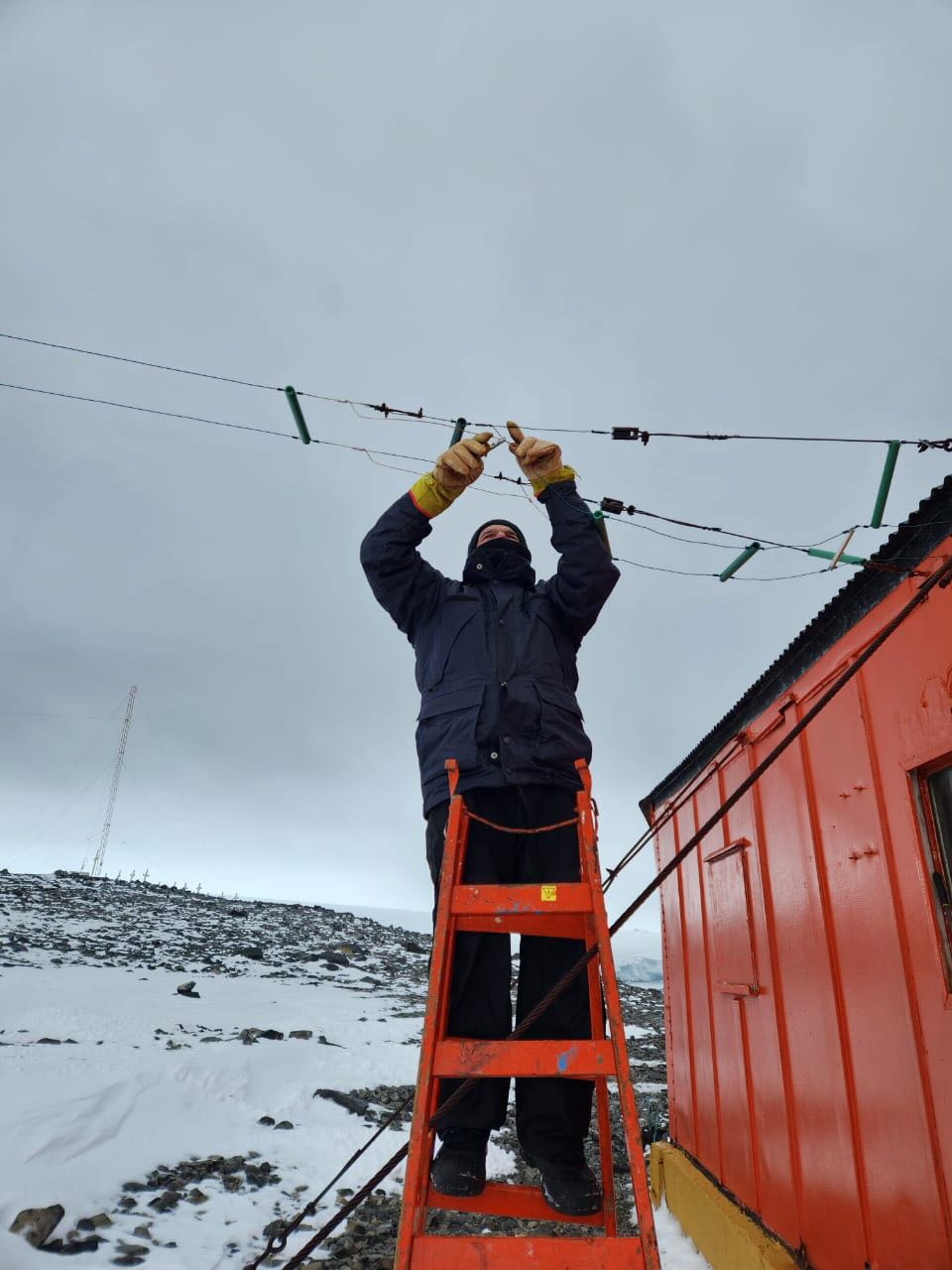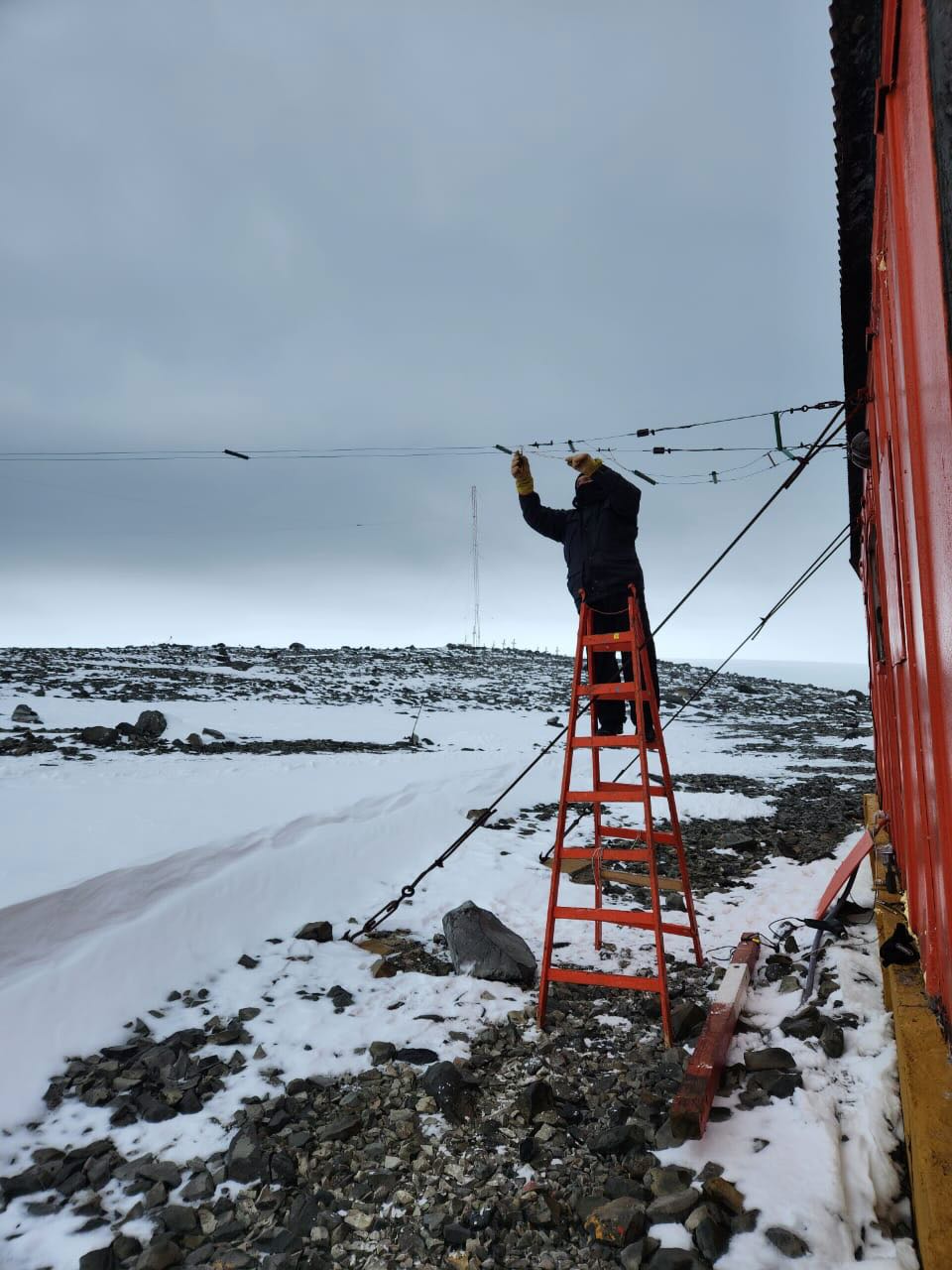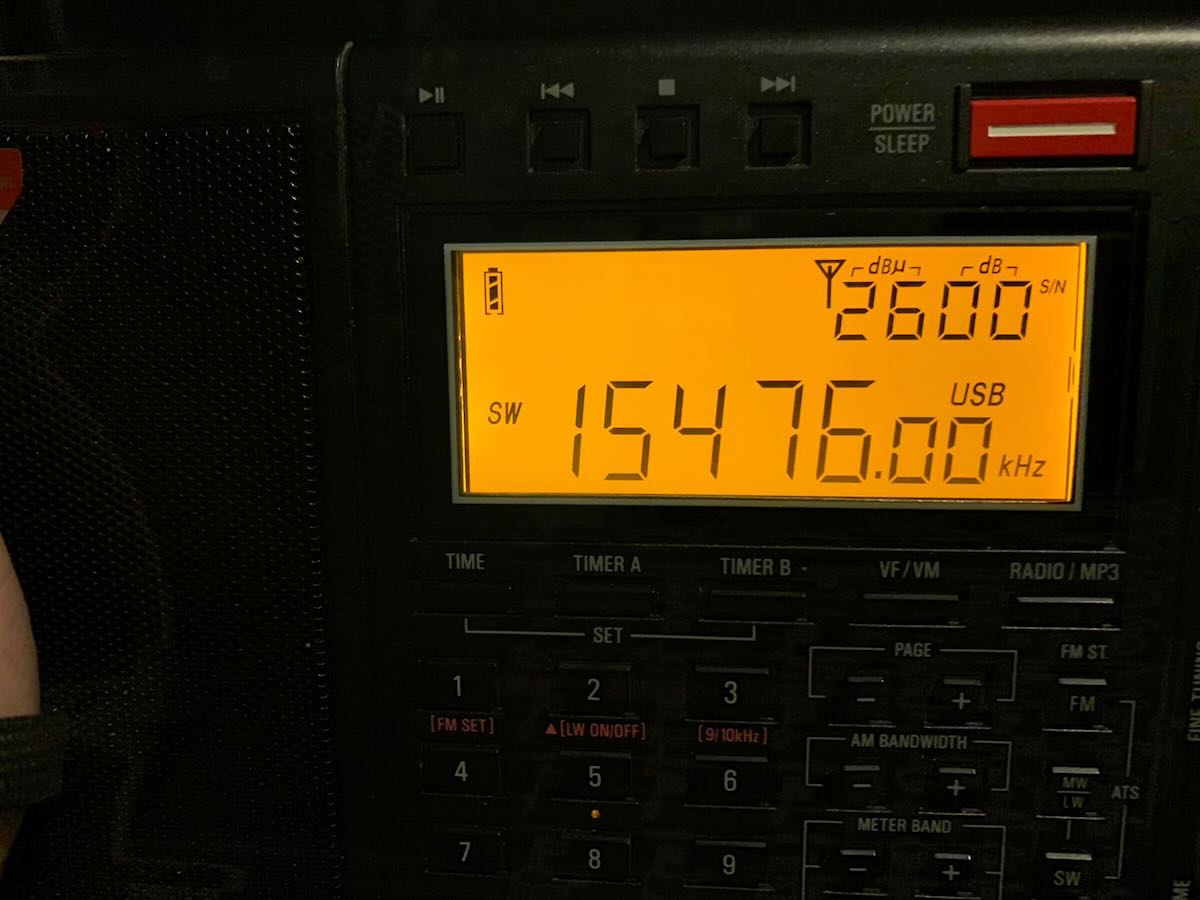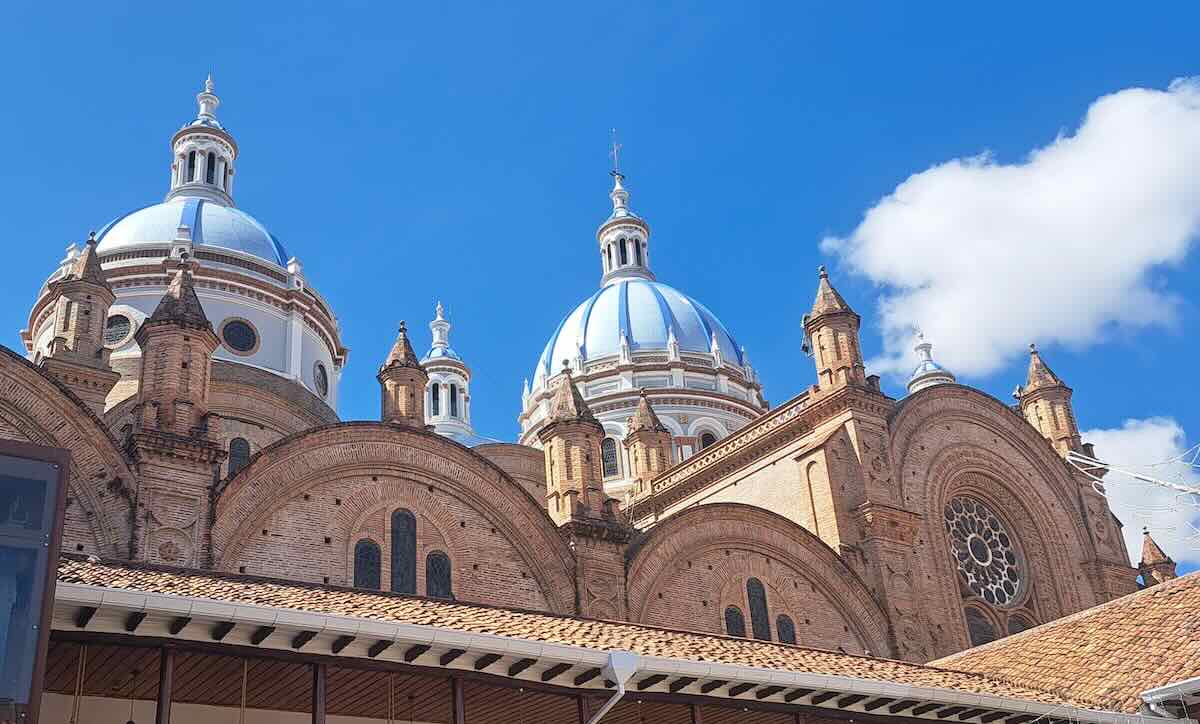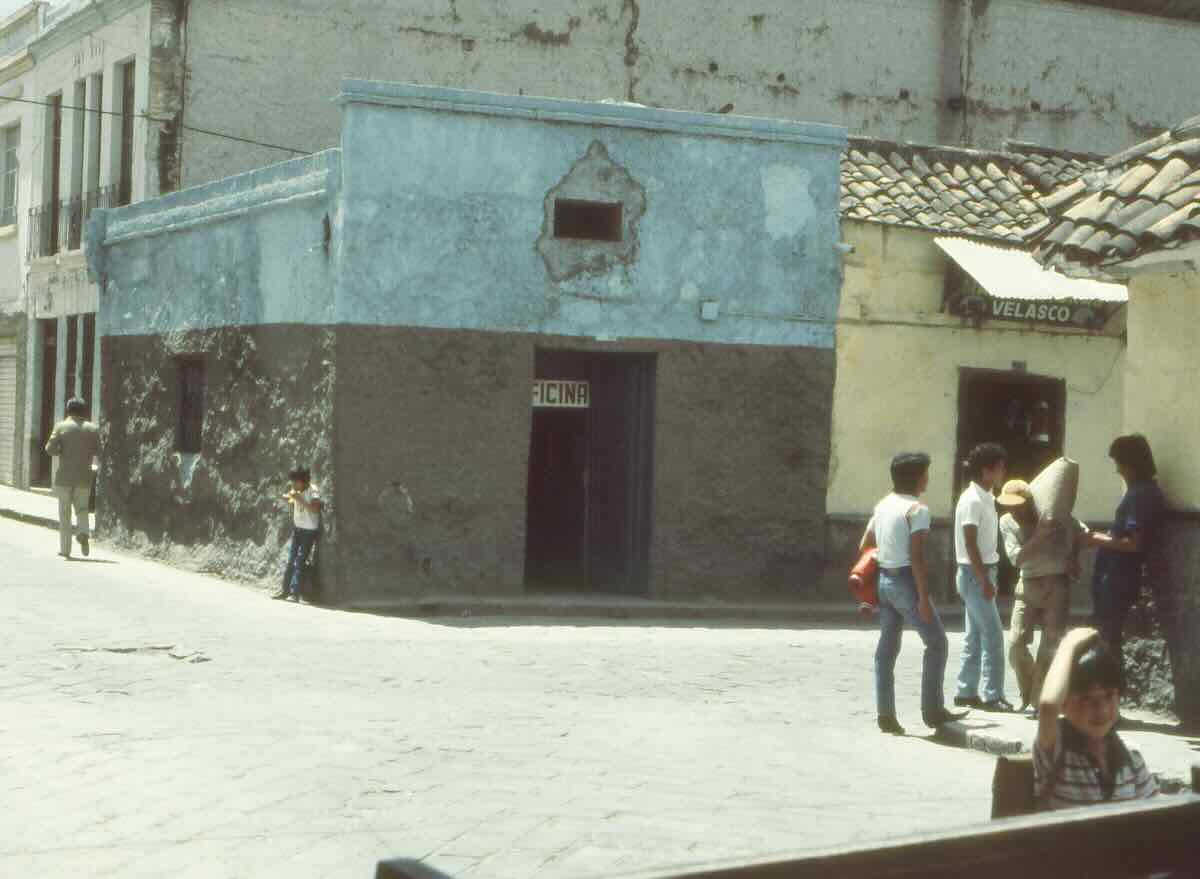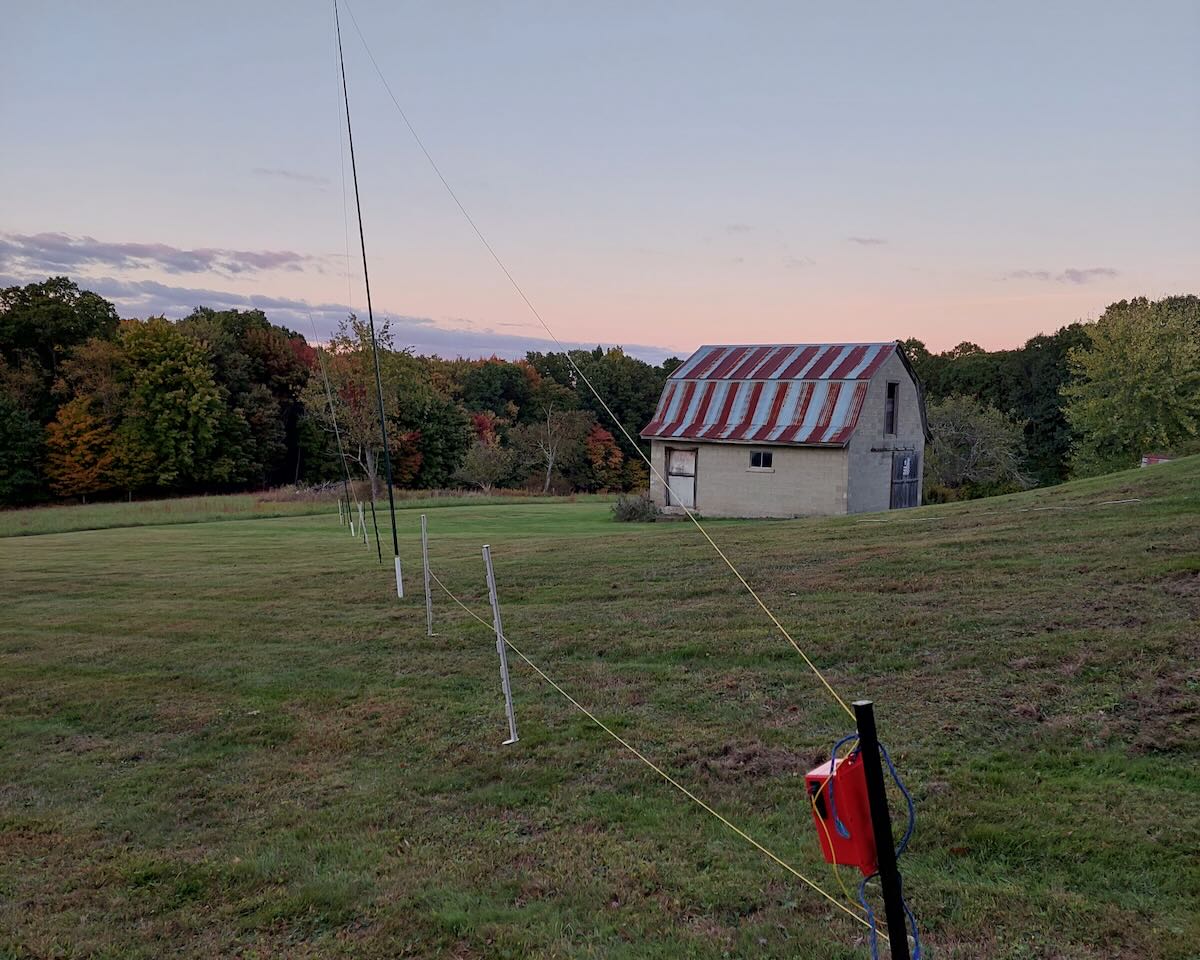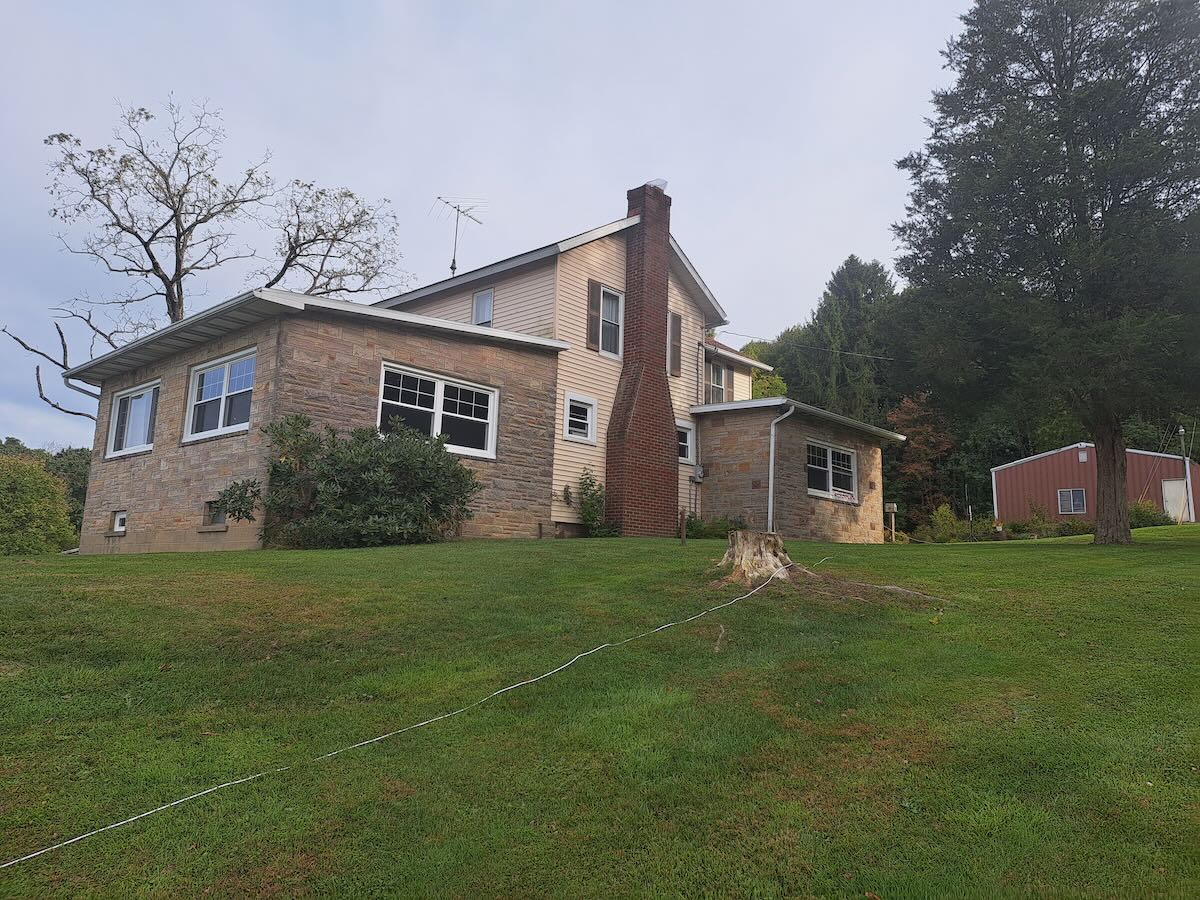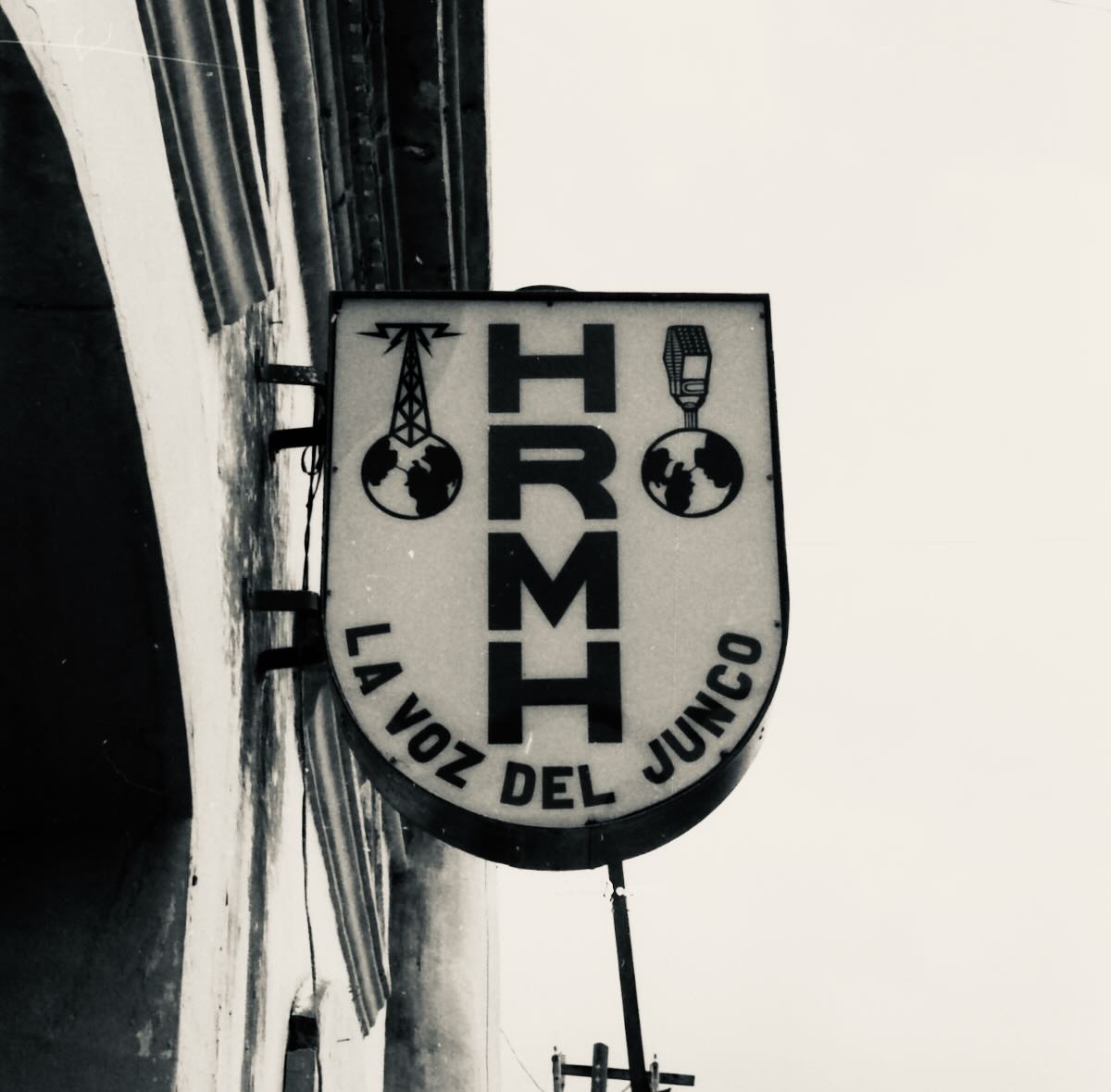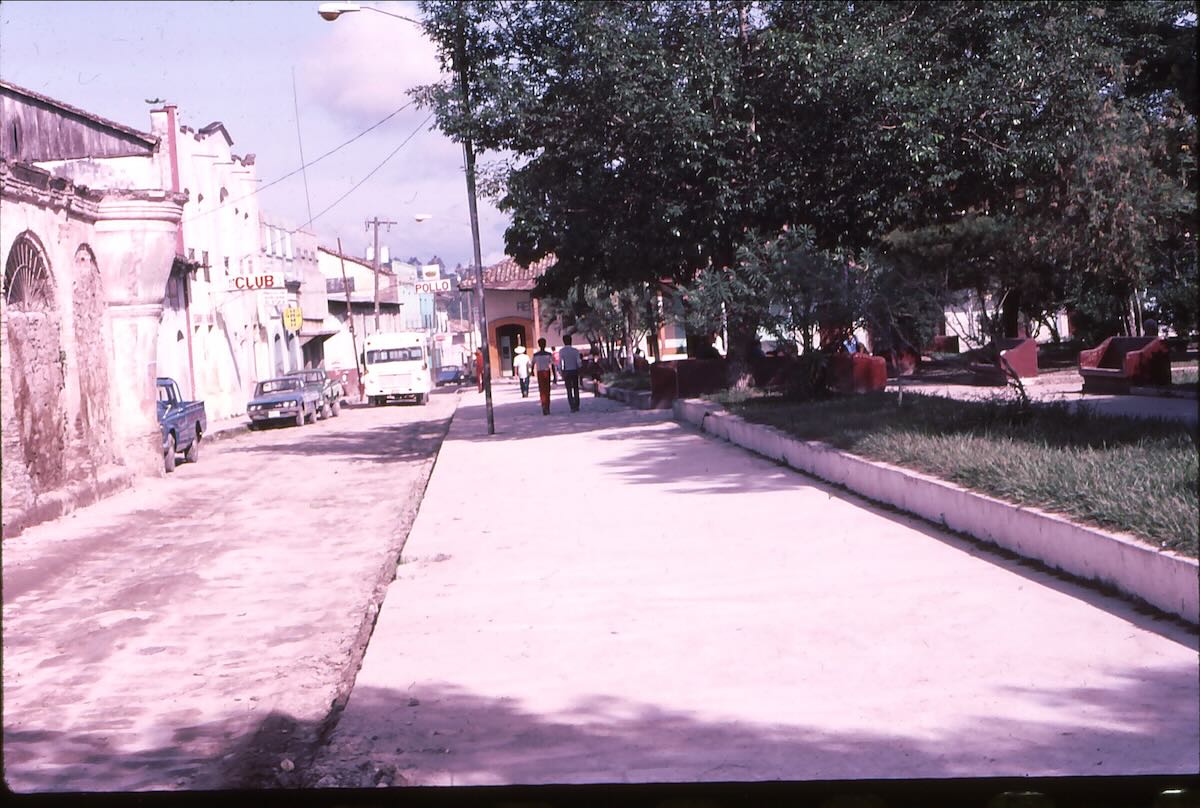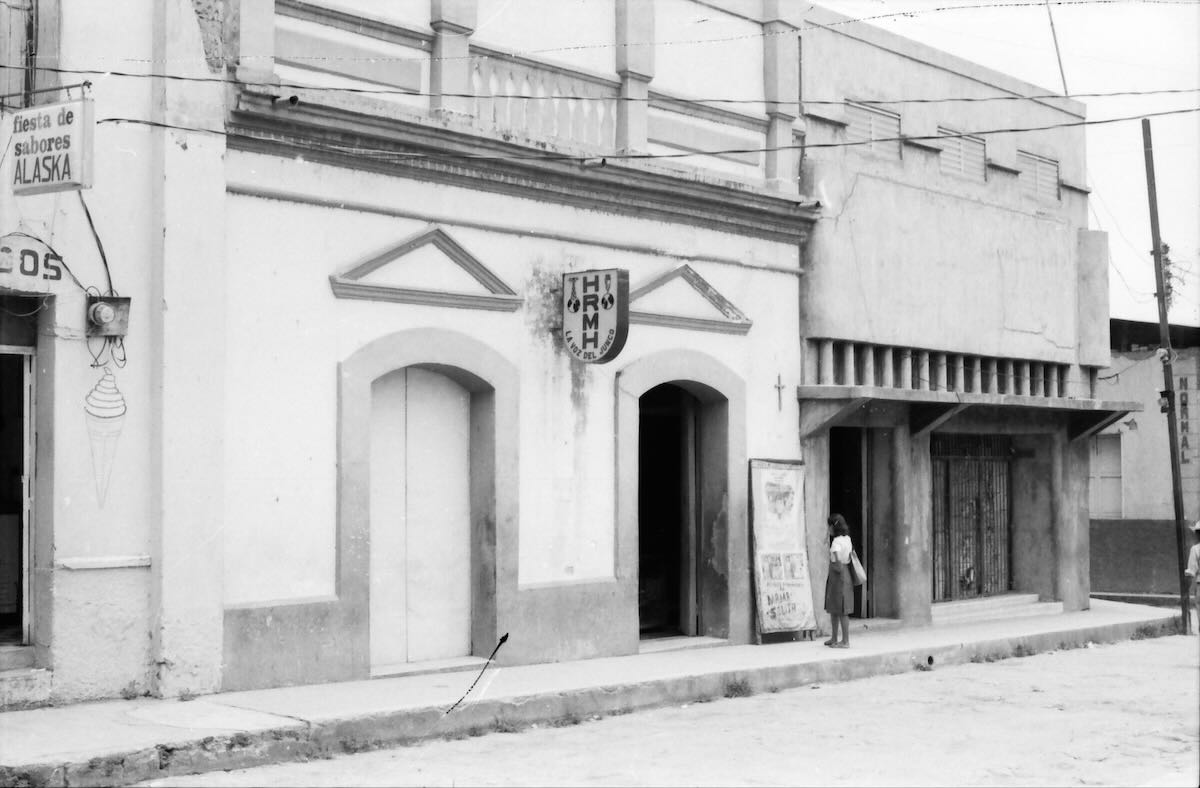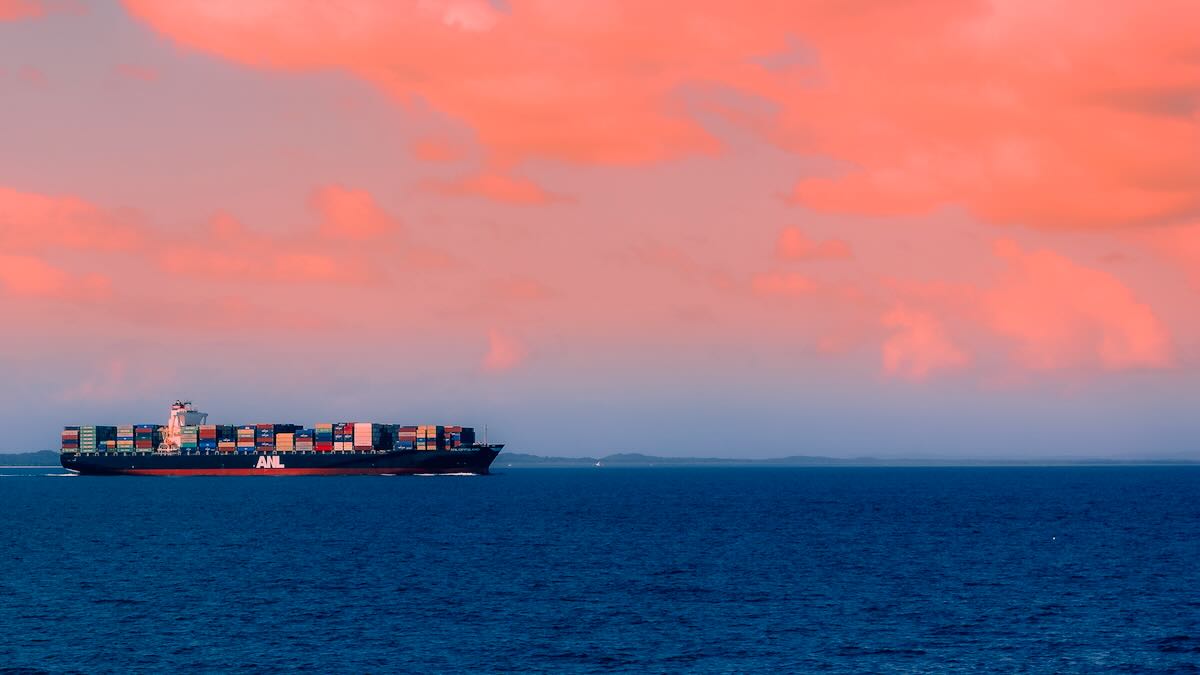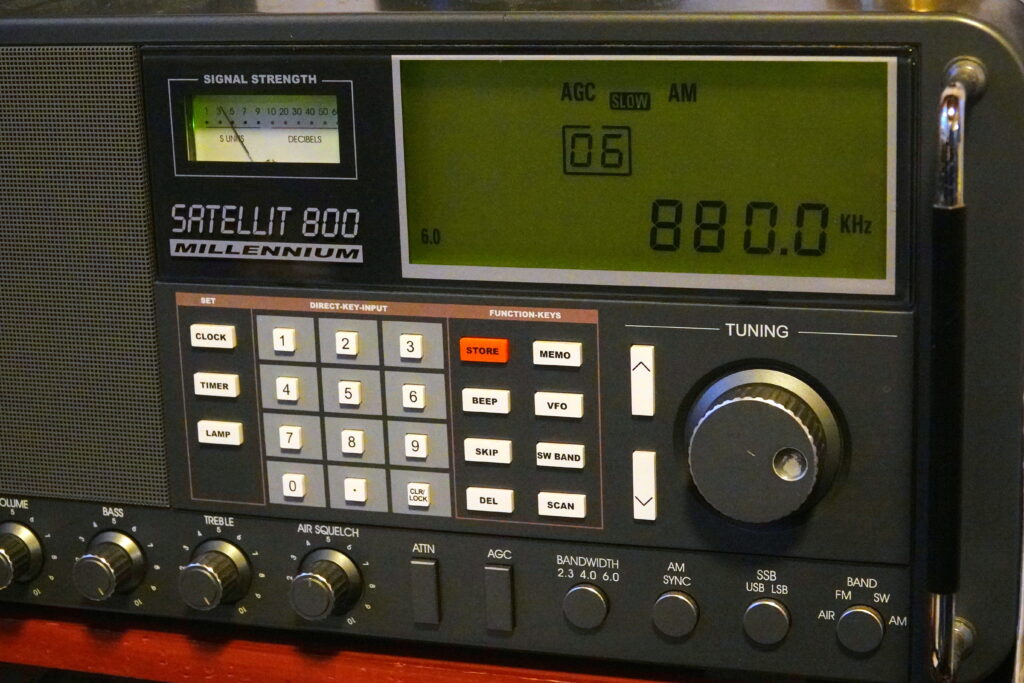
By Jock Elliott, KB2GOM
It was a reader, Mario Filippi, who set me on this path. He posted a comment that said, in part: “An interesting place to DX would be the segment between 1500 – 1590 kc’s where there are a number of news stations, one being federal news on 1500.”
Huh, I thought, federal news? I wonder if I can hear that. So I hooked up the MFJ 1886 Receive Loop Antenna to my Grundig Satellit 800 receiver and tuned to 1500. With the 800’s whip antenna, I heard mostly static; switching to the 50-foot indoor room loop, pretty much the same; same thing with the 1886 with the amplifier turned off. But turn the 1886’s amplifier on, and it was like getting slammed against the wall by the schoolyard bully: LISTEN TO ME! A big, fat, S9 signal, sounding like WGY 810 just a few miles from me. Wow, I thought, this loop can really pull out a signal.
A little research revealed, as nearly as I can tell, that Federal News 1500 is in Washington, DC, over 300 miles from me. Over the next few days I would occasionally check on Federal News 1500 using the 1886 loop, and typically it was loud and clear here in Troy, NY.
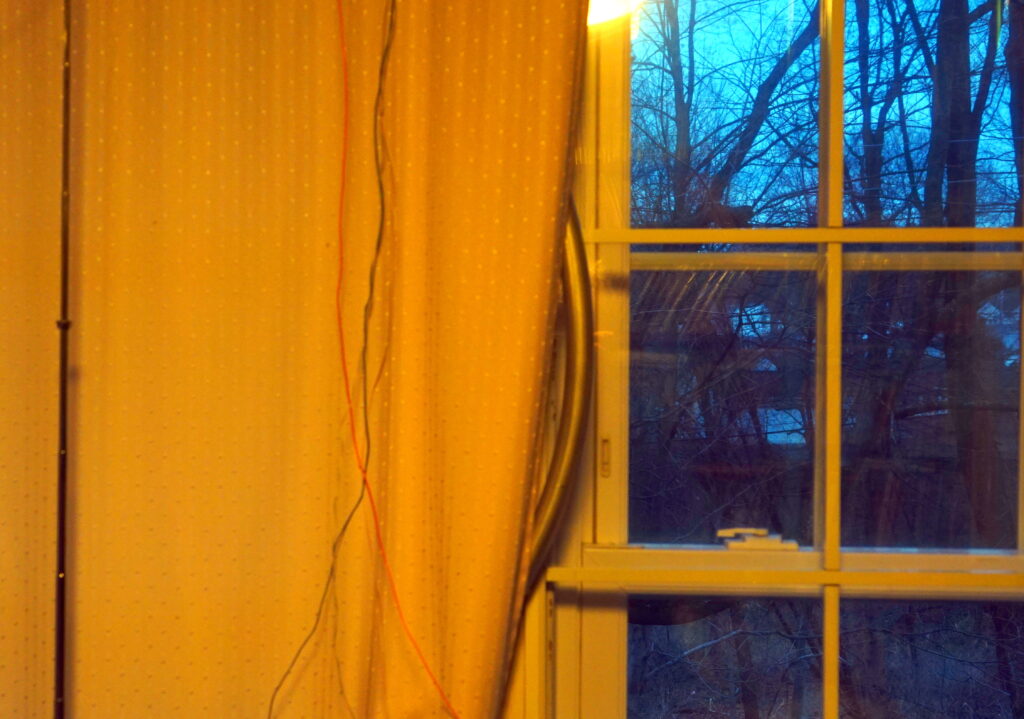
Hidden behind a curtain, the 3-foot aluminum loop of the MFJ 1886 works well for MW DXing.
Early this morning, Jan. 28, 2023, a thought crept into my brain: how many big, fat, MW signals could I detect with the combo of the Satellite 800 and the MFJ 1886 loop antenna? (Bear in mind that my 1886 rests flat against a window and is NOT rotatable in its current configuration.) Here’s the log, with station IDs when I could get them.
Time Frequency Station
1100Z 1520 WWKB Buffalo
1102Z 1530 Milwaukee? Sports, Australian open
1106Z 1540 CHIN Toronto, old time radio programs
1112Z 1560 religious music
1115Z 1660 orchestral music, Strauss waltzes
1118Z 540 middle eastern music
1121Z 660 WFAN, NYC
1124Z 700 WLW, Cincinnati
1127Z 710 WOR, the Voice of New York
1129Z 730 French language, Canada mentioned
1132Z 750 WSB, Atlanta
1134Z 770 WABC, NYC
1135Z 790 ortho doctor show
1138Z 860 French language, Canada mentioned
1140Z 880 WCBS, NYC
1142Z 1010 WINS, NYC
1144Z 1020 Talk
1146Z 1030 WBZ, Boston
1148Z 1050 WEPN, ESPN radio, New York
1149Z 1060 KYW, Philadelphia, PA
1153Z 1090 WBAL, Baltimore
1154Z 1110 WBT Charlotte, NC
Bottom line: it was immense fun, tuning around for “fat” MW stations in the early AM. Periodically I checked the other antennas as I traversed the band, but universally the MFJ 1886 was better at pulling them in.
Fat station DX? You bet! Try it; you’ll like it!
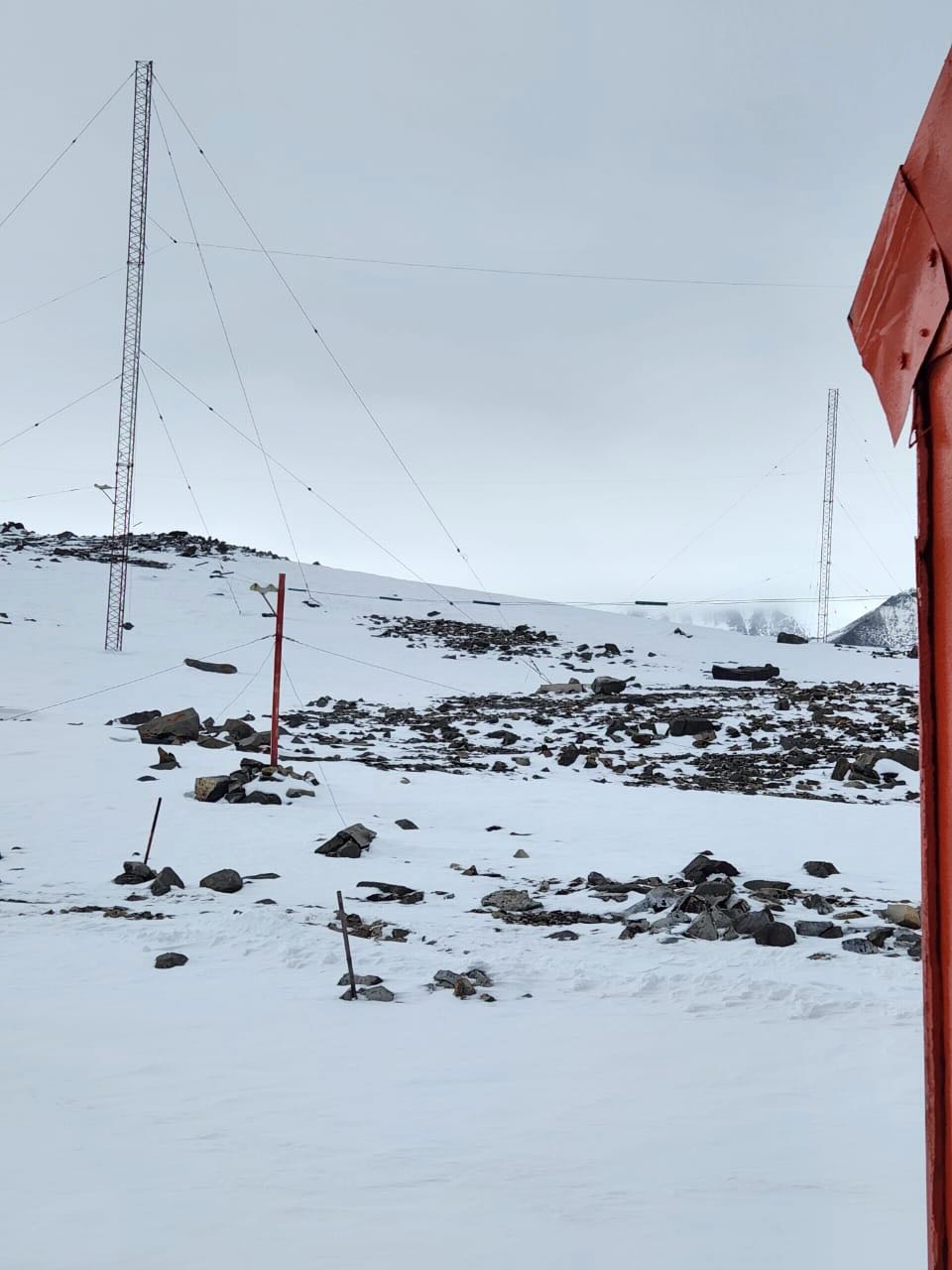 Many thanks to SWLing Post contributor, Adrian Korol, who shares the following details for the next two LRA 36 test broadcasts. Note that the first one is later today (Wed, Mar 1):
Many thanks to SWLing Post contributor, Adrian Korol, who shares the following details for the next two LRA 36 test broadcasts. Note that the first one is later today (Wed, Mar 1):
